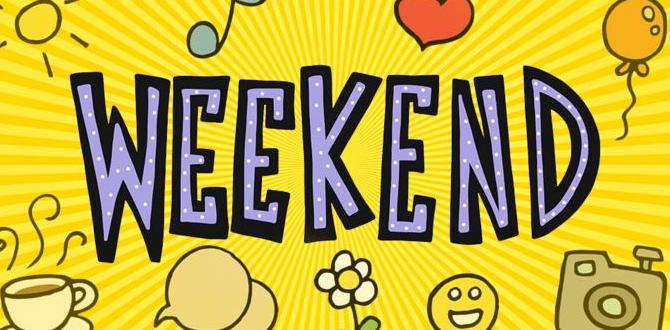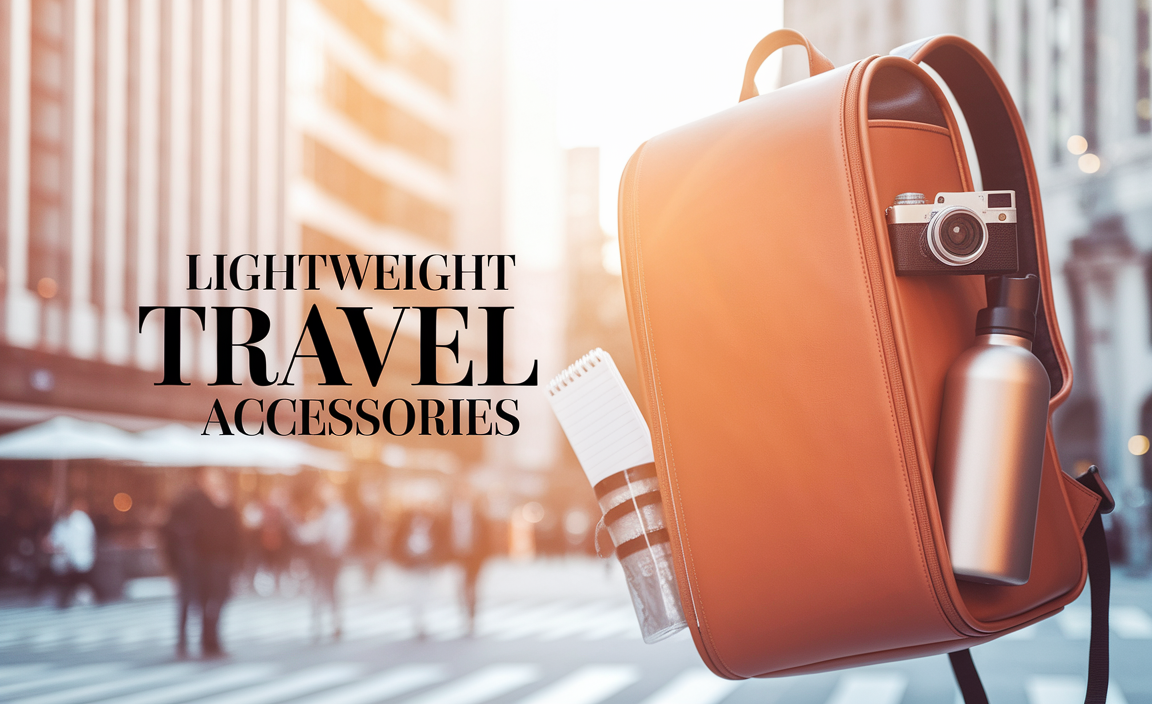Bhutan Instagram Spots Without Lines: Essential Guide
Discover magical Bhutanese vistas and cultural gems for your Instagram feed without battling crowds. This guide unveils secret spots and smart timing strategies to capture stunning, line-free photos, focusing on iconic landmarks and hidden treasures alike across the Kingdom of the Thunder Dragon.
Hello, fellow travelers! If you’re dreaming of sharing breathtaking photos from Bhutan, but dread the thought of packed viewpoints and long waits, you’ve come to the right place. Bhutan, a land of serene monasteries and awe-inspiring landscapes, offers countless picture-perfect moments. However, many travelers flock to the same handful of famous sites, leading to photo ops that feel more chaotic than calm. Don’t let crowded viewpoints dim your travel sparkle or your Instagram feed! I’m here to guide you to some of Bhutan’s most enchanting spots where you can capture that iconic shot in peace. We’ll explore how to find those tranquil corners and the best times to visit popular places for a more private experience. Get ready to fill your camera roll with unique, unhurried memories!
Why Avoid the Crowds in Bhutan?
Bhutan’s allure lies in its untouched beauty and profound spirituality. While popular sites like Paro Taktsang (Tiger’s Nest Monastery) are must-sees, visiting during peak hours can mean sharing your sacred moment with dozens, if not hundreds, of others. This can detract from the serene atmosphere you traveled so far to experience. For aspiring travel influencers, photographers, or simply memory-keepers, an uncrowded shot offers a more authentic and personal portrayal of Bhutan’s magic. It allows for better composition, more genuine interactions with the environment, and a sense of discovering something special, just for you.
Understanding Bhutan’s Tourist Flow
Bhutan has a unique tourism policy, emphasizing “High Value, Low Impact.” This means visitor numbers are managed, and tours are typically guided and pre-booked. While this policy preserves the nation’s culture and environment, it also means certain popular attractions can feel busy, especially during peak tourist seasons. Generally, the busiest times are from March to May (spring) and September to November (autumn), coinciding with pleasant weather and major festivals. Traveling in the shoulder seasons or making strategic choices about visiting times can significantly reduce crowds.
The key to snagging those coveted line-free Instagram spots is twofold: knowing where to go beyond the obvious and when to go to popular places. Let’s dive into some fantastic areas where you can get those amazing shots without the photobomb gallery.
Bhutan Instagram Spots Without Lines: Your Essential Guide
1. Beyond Tiger’s Nest: Alternative Monasteries and Views
Paro Taktsang is undeniably Bhutan’s most famous landmark. While a hike to the viewpoint is rewarding, getting that solo panorama can be a challenge. Here are some alternatives and ways to experience it differently:
- Cheri Monastery (Tango/Takin Preserve Area): Located north of Thimphu, the hike to Cheri offers breathtaking views of the valley. It’s less visited than Tiger’s Nest, offering a more peaceful spiritual experience and ample opportunities for stunning landscape shots. You might even spot the national animal, the takin, in the nearby preserve.
- Punakha Dzong (Early Morning): While Punakha Dzong is a popular destination, arriving at sunrise can offer magical, crowd-free views. The ancient fortress, situated at the confluence of two rivers, is especially photogenic in the soft morning light. You’ll experience the dzong’s grandeur with a sense of peaceful contemplation.
- Gangtey Monastery (Phobjikha Valley): This beautiful monastery sits atop a hill overlooking the vast, glacial Phobjikha Valley. The valley itself is a UNESCO World Heritage site and the winter home of the endangered black-necked cranes. The monastery offers serene views, and the surrounding valley is a photographer’s paradise with rolling hills and traditional farmhouses.
2. Quaint Villages and Local Life
Sometimes, the most authentic and captivating Instagram moments come from observing everyday life. Small villages often provide this, with fewer tourists and genuine cultural immersion.
- Haa Valley: This remote valley in western Bhutan is less frequented by tourists compared to Paro or Thimphu. Its pristine natural beauty, traditional villages, and the ancient Lhakhang Karpo (White Temple) and Lhakhang Nagpo (Black Temple) offer a glimpse into Bhutanese rural life. The rolling hills and charming farmhouses are perfect backdrops for candid shots.
- Ura Village (Bumthang): As one of the highest-lying villages in Bhutan, Ura retains a strong sense of tradition. Its unique architecture and the annual Ura Festival (often held in spring) offer incredible photographic opportunities. Even outside festival times, the village provides a serene and authentic Bhutanese experience.
3. Scenic Drives and Natural Wonders
Bhutan’s landscapes themselves are stars. Many of the most breathtaking scenes can be captured right from the road or a short detour.
| Location | Key Features | Instagram Potential | Tips for Avoiding Crowds |
|---|---|---|---|
| Dochula Pass | Panoramic Himalayan views (on clear days), 108 memorial chortens. | Stunning sunrise/sunset shots, ethereal shots with fog/clouds, majestic chortens. | Visit very early morning for sunrise or late afternoon before sunset. Avoid midday, especially during clear weather. |
| Phobjikha Valley (General) | Expansive glacial valley, black-necked cranes (winter), traditional farmhouses. | Wide-angle landscapes, wildlife photography, rural life vignettes. | Explore during weekdays. Hike on lesser-known trails away from the main village center. Early mornings offer soft light and mist. |
| Chele La Pass | Highest motorable pass in Bhutan, prayer flags, views of Paro and Haa valleys. | Vibrant prayer flags against dramatic skies, sweeping valley vistas. | Similar to Dochula, early morning or late afternoon light is best. Weekdays are quieter. |
4. Lesser-Known Dzongs and Temples
While the famous dzongs are magnificent, venturing to smaller, less-publicized ones can offer a more intimate experience and unique photographic compositions.
- Wangdue Phodrang Dzong Site: Though the original dzong was lost to fire, the reconstruction is underway. The site itself offers views of the river and surrounding landscape, and visiting during construction phases can offer unique perspectives with fewer visitors than major tourist hubs. (Check current access and reconstruction status).
- Kyichu Lhakhang (Paro): One of the oldest and most sacred temples in Bhutan, Kyichu Lhakhang offers a calmer experience than some of the more prominent monasteries. Its ancient architecture, serene courtyards, and the resident monks provide a wonderful atmosphere for contemplative photography. Visit mid-morning or mid-afternoon on a weekday.
Strategic Timing: The Secret to Crowd-Free Shots
Even at the most popular spots, timing can be your best friend. Here’s how to leverage it:
- Sunrise and Sunset: These golden hours are magical for photography anywhere, but in Bhutan, they often mean fewer people. Arrive before the sun rises or stay after it sets, and you can capture iconic views with a sense of solitude. Remember to bring a headlamp or flashlight for safety if walking in low light.
- Early Mornings (Before 9 AM): Many tourist groups tend to start their day tours around 9 or 10 AM. Beat them by visiting popular sites like Punakha Dzong or the Paro valley viewpoint for Tiger’s Nest in the early morning. The light is soft and beautiful, and you’ll likely have the place to yourself.
- Late Afternoons (After 4 PM): As tour groups wrap up their day and head back to hotels, the late afternoon can offer a brief window of quiet. This is especially true for viewpoints or cultural performances that might draw crowds earlier.
- During Local Festivals (Off-Peak Hours): While a festival itself can be crowded, the moments just before or after a major event, or at smaller, local celebrations, can be less packed. Research local festivals happening during your travel dates and see if you can experience them during less intense periods.
- Weekdays over Weekends: While Bhutanese weekends are typically Saturday and Sunday, domestic tourist flow can sometimes coincide with these days. If your itinerary allows, prioritizing visits to major sites on a Monday, Tuesday, or Wednesday can sometimes mean fewer domestic visitors.
Essential Gear for Capturing Bhutan’s Beauty
While capturing stunning photos is about the place and timing, having the right gear can make a big difference. From a practical perspective, consider these items:
- Camera or Smartphone: Any device that takes good photos will work. Modern smartphones have excellent cameras capable of capturing beautiful images. For more flexibility, a mirrorless or DSLR camera with a versatile lens (like a 24-70mm equivalent) is ideal.
- Tripod: Essential for low-light photography (sunrise/sunset), capturing sharp landscapes, and enabling you to be in some of your own shots. A lightweight travel tripod is recommended.
- Extra Batteries and Memory Cards: You don’t want to run out of power or space at a crucial moment. Bhutan’s beauty can make you shoot more than you expect!
- Comfortable Walking Shoes: Many of the best spots involve some hiking, like to Tiger’s Nest. Comfortable, sturdy shoes are non-negotiable for exploring freely.
- Appropriate Clothing: When visiting temples and monasteries, dress modestly. This means covering shoulders and knees. Layers are also wise, as Bhutan’s weather can change quickly, especially at higher altitudes.
- Portable Power Bank: With all the photo taking, your phone or camera battery can drain. A reliable power bank ensures you stay charged on the go.
- Rain Cover/Protection: Bhutan can experience rain, especially during monsoon season. A simple camera rain cover or even a plastic bag can save your equipment.
Practical Tips for Stress-Free Travel Photography in Bhutan
Beyond the spots and timing, here are some practical tips to ensure your photography experience is as smooth as your journey:
- Hire a Local Guide: Your guide is an invaluable resource. They know the best times to visit sites, can help you navigate local customs, and often have insider knowledge on less-visited viewpoints. Plus, they can help with logistics, making your trip worry-free.
- Pack Light for Hikes: If you’re trekking to places like Tiger’s Nest, pack only essentials for photography. A compact camera or smartphone, a water bottle, and a small snack are usually sufficient. Carrying too much can make the hike arduous. Consider a comfortable, secure camera bag or a crossbody bag.
- Respect Local Customs: Always ask permission before taking close-up photos of people. Dress modestly when visiting religious sites. Be mindful of quiet zones and avoid using flash inside temples. Adhering to Bhutan’s strict dress code for religious sites is paramount. More information on Bhutan travel guidelines can be found on the Department of Tourism Bhutan’s official website, which outlines requirements and etiquette for visitors.
- Embrace Spontaneity: While planning is great, some of the best shots happen unexpectedly. Allow yourself time to wander, observe, and be open to capturing the unplanned moments. These often tell the most compelling stories.
- Stay Comfortable and Prepared: Traveling with specific needs, like adult or child diapers, can add to planning stress. For longer travel days or treks, having comfortable, reliable adult diapers or child diapers can ensure peace of mind, allowing you to focus on the experience rather than potential discomfort. Brands offering discreet, absorbent options can be a lifesaver for stress-free adventures. Look for products designed for active use and long wear.
Beyond the Famous Shot: Capturing Bhutan’s Essence
While iconic Instagram spots are great, the true magic of Bhutan lies in the details. Try to capture:
- Monks in prayer or daily life: Their robes add vibrant color, and their devotion is palpable.
- Intricate woodwork and paintings: Bhutanese art is incredibly detailed and symbolic.
- Prayer flags fluttering in the wind: They are visual metaphors for good fortune and enlightenment spread by the breeze.
- Vibrant market scenes: If you find a local market, the colors, produce, and interactions are fantastic subjects.
- Everyday moments: Children playing, farmers working, or families sharing a meal—these offer authentic glimpses into Bhutanese life.
These candid moments often resonate more deeply than a perfectly framed, crowded landscape. They tell a story of the place and its people.
FAQ: Your Bhutan Instagram Questions Answered
Q1: What is the best time of year for photography in Bhutan?
A1: The best seasons are spring (March-May) and autumn (September-November) for clear skies and pleasant weather. Spring offers blooming flowers, while autumn provides crisp air and excellent mountain views. However, these are also peak tourist times, so strategic timing for specific spots is crucial.
Q2: Do I need a special permit to take photos in Bhutan?
A2: Generally, no special permit is required for photography in most public areas or for general tourist sites. However, always be respectful and avoid photography inside certain sensitive areas of monasteries or when monks are in prayer. Your guide will advise on any specific restrictions.
Q3: What are some ethical considerations when photographing in Bhutan?
A3: Always seek permission before taking close-up photos of individuals, especially children. Be mindful of local customs, dress modestly at religious sites, and avoid intrusive photography that disrupts sacred ceremonies or daily life. The guide from your tour operator will be a great help here.
Q4: Is it possible to visit Tiger’s Nest without seeing many other tourists?
A4: It’s challenging but possible. Aim for a very early morning start, ideally during the week and outside of peak festival seasons. The hike itself can deter some, so the higher you go, the fewer people you’ll encounter. Consider visiting outside the main tourist season if crowd avoidance is a top priority for this specific spot.
Q5: Can I photograph inside monasteries and temples?
A5: Rules vary. Photography is often prohibited inside the inner sanctums or prayer halls to protect artifacts and maintain sanctity. Look for signage or ask your guide. If photography is allowed in certain areas, refrain from using flash, as it can damage ancient murals and is considered disrespectful.
Q6: What’s the best way to capture the prayer flags?
A6: Look for locations where the flags are abundant, like mountain passes (Dochula, Chele La) or strung across valleys and monasteries. A wide-angle lens is great for capturing their scale. Capture them with dramatic skies, landscapes, or even with a silhouetted figure to add a sense of scale and atmosphere. Early morning or late afternoon light will highlight their vibrant colors against the mountains or sky.
Conclusion: Your Bhutan Journey, Captured Beautifully
Bhutan is a photographer’s dream, offering more than just postcard-perfect viewpoints. By understanding the rhythm of tourist flow, strategizing your visits for those magical golden hours, and venturing slightly off the beaten path, you can experience and capture the Kingdom’s serene beauty without the hassle of crowds. Remember to pack light but smart, respect the local culture, and embrace the spontaneous moments that Bhutan so generously offers. Whether you’re seeking the iconic shot or a quiet moment of reflection, these tips will help you create an Instagram feed that truly tells the story of your unforgettable, unhurried Bhutanese adventure. May your travels be comfortable, your photos stunning, and your memories rich!





